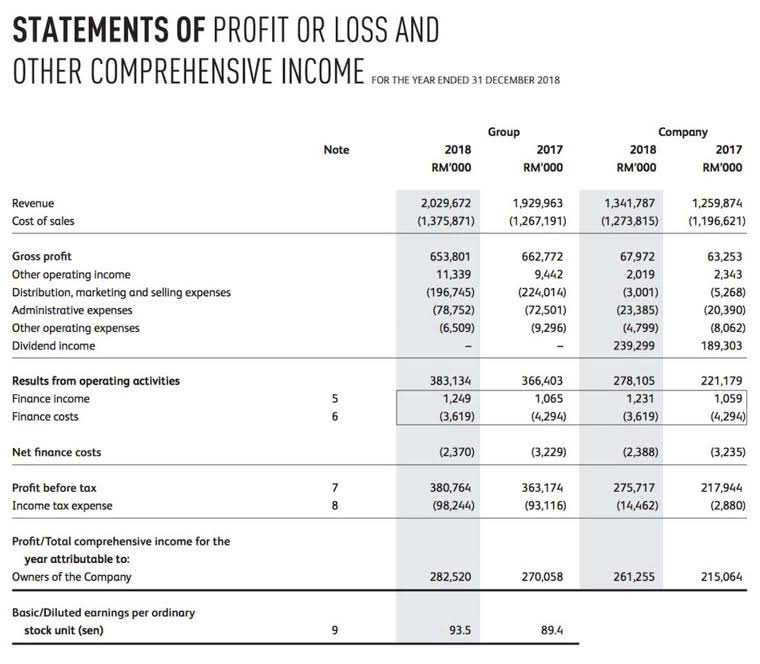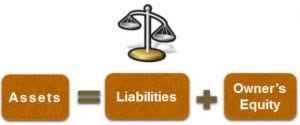
Establish data governance policies and procedures to maintain data integrity throughout the automation process. Automating financial reporting introduces significant data security concerns. Automated systems are susceptible to cybersecurity threats such as data breaches, malware, and phishing attacks. To mitigate these risks, organizations must implement robust security measures, including data encryption, firewalls, intrusion detection systems, and stringent user access controls.

Financial reports and processes suitable for automation

In this guide, we’ll explore how financial reporting automation can transform your finance department. We’ll cover the benefits, the challenges, and, most importantly, how you can get started today. Whether you’re just beginning to explore automation or looking to optimize your existing processes, you’ll find practical insights to help you navigate this rapidly evolving landscape. By following these best practices, you can successfully implement financial reporting automation, driving efficiency, accuracy, and value for your organization. Remember to prioritize compliance with accounting standards and regulations throughout the implementation process.
Automated data export:
- While some firms may be skeptical of the initial investment, the long-term benefits of financial reporting automation ensure a high return on investment.
- To explore how Datylon can benefit your organization, you can book a demo with one of our experts.
- Financial reports provide insights into the company’s financial health, performance, and compliance.
- Expense management can be automated to streamline expense tracking, automate approval workflows, and enforce spending policies, leading to improved cost control and efficiency.
- If in case of an error in your accounting software, it may produce a less accurate regulatory report which may lead to legal violations, risking fines, and sanctions.
Automated systems log all user actions, including data entry, modifications, and approvals, creating a clear and auditable history of financial transactions. In the event of an audit or regulatory inquiry, organizations can easily retrieve and provide the necessary documentation, reducing the time and effort required for compliance-related tasks. Accounts payable and accounts receivable significantly affect your company’s financial reporting automation cash flow. Mismanaged AP results in high costs for the business and a bad reputation with vendors. On the other hand, companies that fail to manage their AR, are exposed to the danger of not getting paid on time, leading to working capital challenges. To optimize accounts receivables, you should track pending payments, remind customers to pay on time, and identify high-risk customers as a top collections priority.
What Financial Reporting Can You Automate?
So, it’s important to begin communicating the benefits of the new tool early on, including how it will enhance the company’s financial reporting and analysis capabilities. Transitioning from spreadsheet-based systems to more advanced financial planning and analysis (FP&A) software can be a significant change for your finance teams and data analysts. Training and guidance can better equip them to manage the inherent learning curve of the new software while still performing their day-to-day work. Every financial report generated by the software is added to a digital record, with the software making it possible to track all changes to financial data.

The more you digitize this process, the easier it is to make fast business decisions, with real-time data. Set reports to be delivered to specific staff, via certain channels, at different times of the day. The automatic generation of financial statements and reports supports the agility of SaaS businesses. https://www.bookstime.com/ You can make informed business decisions without waiting for the end of a reporting period. You must also consider specific use cases, such as forecasting, budgeting, reconciliation, performance analysis, and financial analysis, to ensure the selected tools can adequately support these functions.
Simplifying Companies House filings with cloud accounting
- Instead, an automation solution can pull data from various sources, create financial reports in minutes, and share the information quickly.
- This customizable template will provide you with a comprehensive view of the sales and expenses that go into your Xero system.
- By leveraging these tools, we can transform our financial reporting process and unlock new levels of efficiency and insight.
- 💡Automation can expedite financial reporting by removing manual data entry and including reconciliation and report generation, improving accuracy and timeliness.
- So, it’s important to begin communicating the benefits of the new tool early on, including how it will enhance the company’s financial reporting and analysis capabilities.
- In the following checkbox, you can find the tool’s ability to perform complex financial calculations and financial formulas, ensuring the accuracy of financial metrics and KPIs.
Why choose Nanonets for finance automation
factors driving growth in accounting

- Look for tools that offer flexibility, scalability, and ease of integration with your existing systems.
- As organizations grow and expand, the volume and complexity of financial data increase exponentially.
- Explore some steps within your AP and AR processes that software helps automate.
- You’ll be able to see a marked improvement in your accounting process efficiency and a high ROI once you implement modern accounting systems.
- Accounting and financial reporting are common targets for this type of automation for several reasons.
- Neglecting to pay your debts on time can result in strained vendor relationships, late payments, and missed discounts.
